Double Curbs
Large, heavy HVAC equipment often also is mounted on a structural curb, which is integral to the building’s structural framing system. When such a design is employed, a second flashing curb is used for waterproofing reasons. The concept is that the first curb, or frame, supports the weight of the unit and the second curb does the waterproofing and integrates into the roof system.
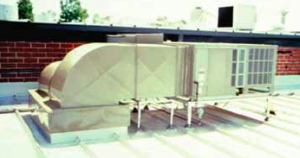
This frame-mounted HVAC unit uses pipe supports that extend to the building structure and are flashed through the roof using rubber pipe.
Round Penetrations
Round shapes, such as plumbing vents, should be flashed through the roof using EPDM or silicone rubber pipe flashings. Although these parts are widely available in various colors, black has the greatest UV-resistance and longest life, and although more costly, silicone will far outlast EPDM.
Standard installation is to cut an undersized hole and stretch-fit the rubber to the pipe. Using a stainless-steel draw band at the top of the flashing to further secure it will ensure the flashing never inverts itself and typically will add about five years of life to the assembly. The part has an integral aluminum compression ring laminated to the rubber base, which should be sealed to the roof panel using butyl copolymer tape. It should then be secured using #14 by 7/8-inch “lap-tek” screws with #1 drill point at 2-inch centers through the compression ring, rubber and butyl, and into the metal panel.
Ideally, excess butyl tape should be trimmed away, and a bead of one-part polyurethane sealant filleted around the joint thus created (base to roof). This bead hides and protects the butyl from direct exposure to sunlight, ensuring a longer life. After a service life of 20 to 25 years (significantly longer for silicone rubber), this assembly is easily replaced.
When attaching the pipe flashing, it must be anchored solely to the roof panel and not into the building structure or deck. To do so would create an inadvertent pinning of the panel, violating freedom of thermal movement. Ideally, these flashings should be centrally located on the roof panel so there is free drainage to both sides without seam interruption.
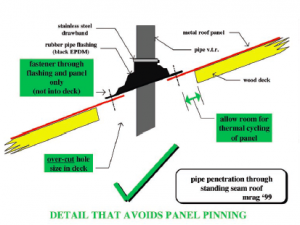
Drag loads should be calculated to verify adequacy of the panels’ method and frequency of fixity. In this example, the fixity point should resist 1,069 pounds for each panel (plus safety factors).
If the location of the pipe interrupts a seam and it cannot be relocated, a preformed adapter plate can be fabricated to span both panels adjacent to the seam and the pipe flashed as mentioned above to the adapter plate. Most companies that pre-manufacture curbs will make such adapter plates on request.
Rooftop mountings and penetrations are a challenge for any roof type or material. Following these simple guidelines can help ensure trouble-free and enduring performance for a state-of-the-art low-slope metal roof system.
PHOTOS: Metal Roof Advisory Group Ltd.

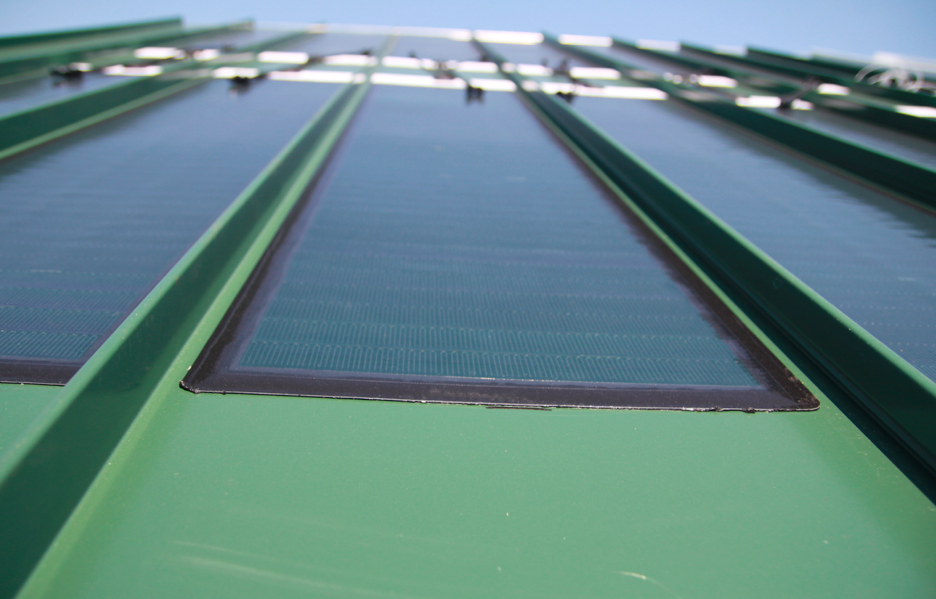
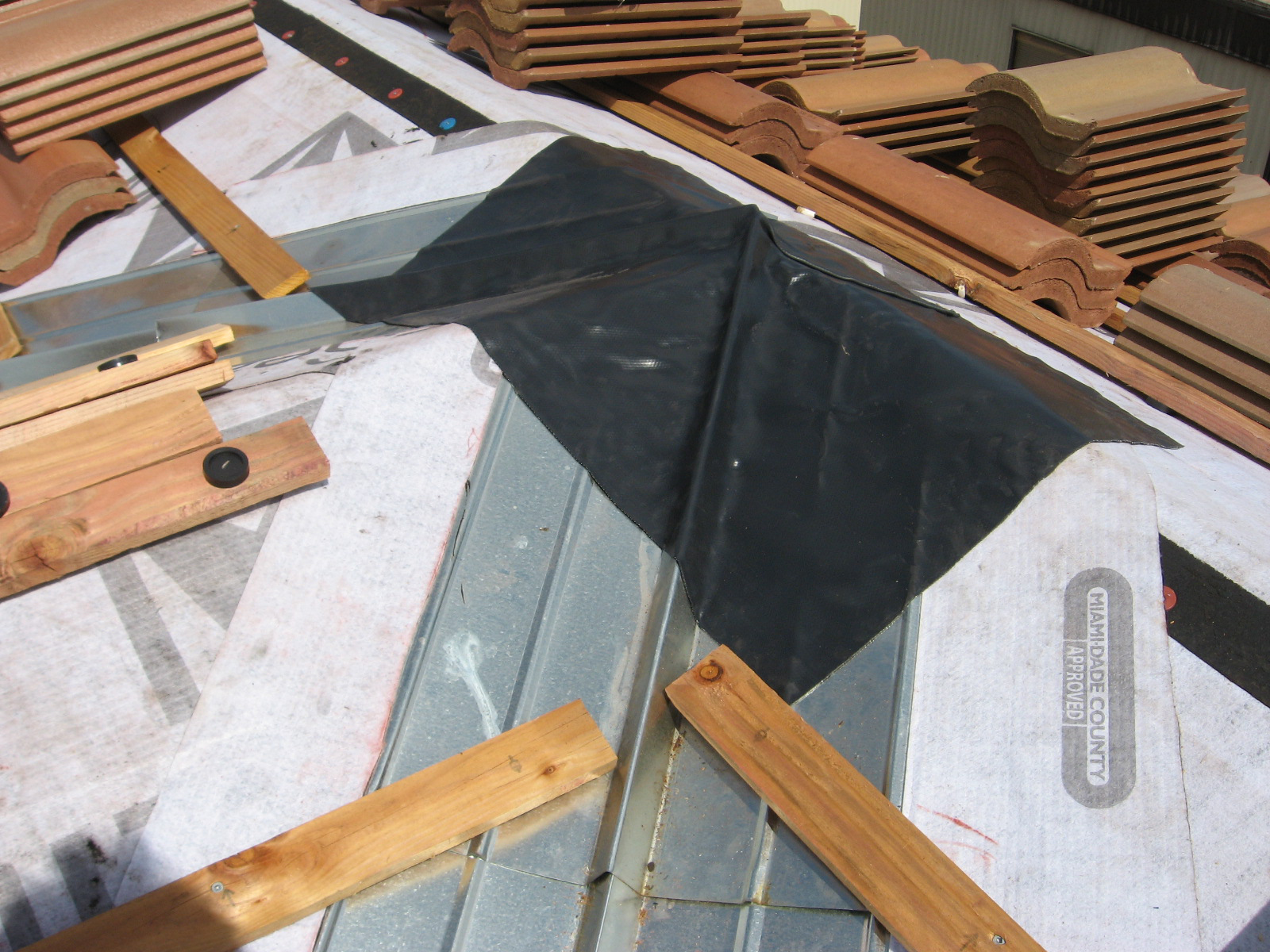
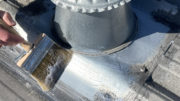
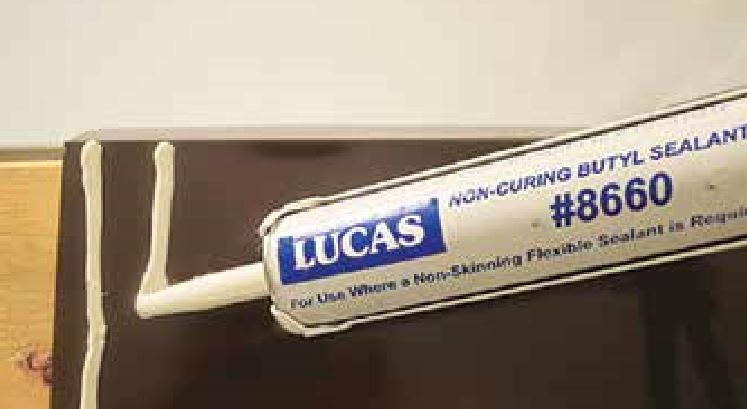
Be the first to comment on "Rooftop Equipment Mounting and Penetrations for Low-slope Standing-seam Metal Roofs"